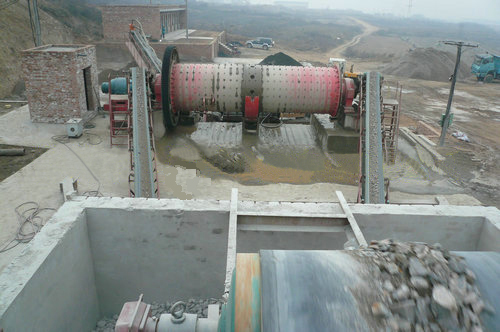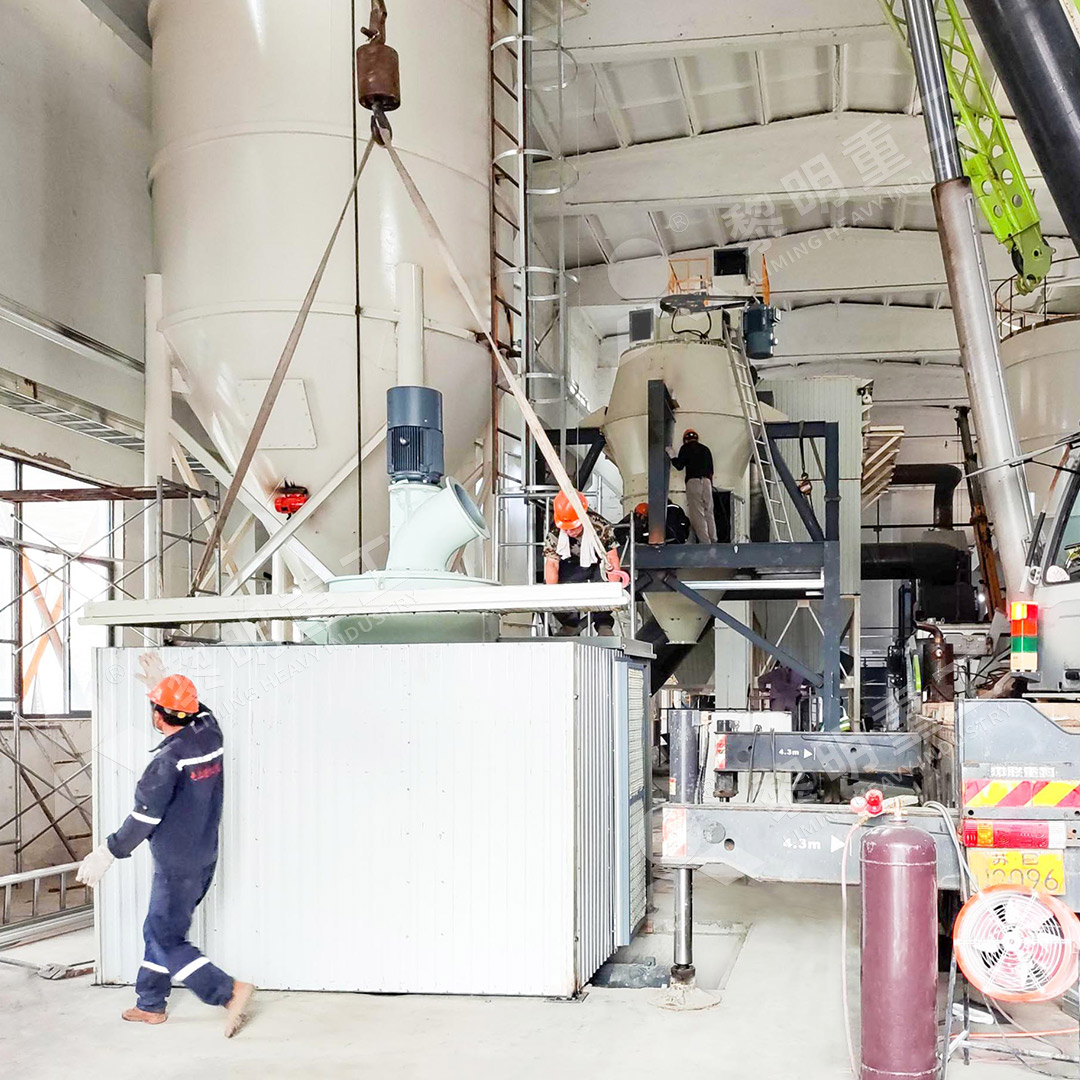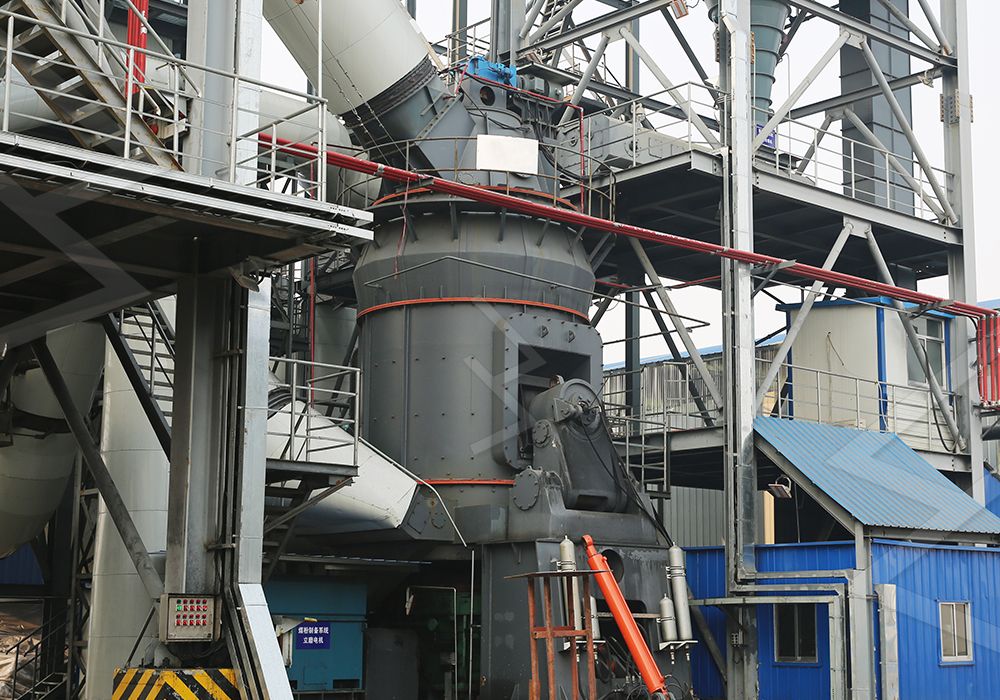Disadvantage of Using Ball Mill in Coal Grinding: Inefficiency & High Operating Cost
Disadvantage of Using Ball Mill in Coal Grinding: Inefficiency & High Operating Cost
For decades, the ball mill has been a common sight in coal processing plants. Its robust, straightforward design made it a default choice for size reduction. However, as the industry evolves, focusing on operational efficiency, energy conservation, and environmental compliance, the inherent drawbacks of ball mill technology have become increasingly apparent. For modern coal grinding operations, continuing to rely on a ball mill can be a significant financial and operational liability.
The Core Inefficiencies of Ball Mill Technology
The fundamental working principle of a ball mill—impact and attrition by tumbling steel balls—is also the source of its greatest weaknesses. This method is inherently non-selective and energy-intensive. A substantial portion of the input energy is wasted on the rotation of the heavy drum and the kinetic movement of the grinding media, rather than being directly applied to particle size reduction. This results in a specific energy consumption that is notoriously high.
Furthermore, the grinding process in a ball mill is difficult to control with precision. The heat generated from the constant impact and friction can be detrimental to material properties, and the prolonged residence time of material inside the mill often leads to over-grinding. This not only consumes extra power but also produces excessive fines that may not be desirable for the final product specification.

The Hidden Costs: Maintenance and Downtime
The high operating cost of a ball mill extends far beyond its electricity bill. The wear on grinding media (balls) and liners is exceptionally high due to the metal-on-metal and metal-on-rock contact. The constant need for media replenishment and liner replacement represents a significant, recurring expense in both parts and labor.
Maintenance procedures are often complex and time-consuming. Replacing worn liners or checking the gear system requires extensive downtime, halting production entirely. This unplanned stoppage can ripple through the entire processing chain, causing delays and lost revenue. The initial lower investment in a ball mill is frequently overshadowed by these cumulative operational and maintenance costs over the equipment’s lifetime.
A Modern Alternative: Embracing Advanced Grinding Solutions
The limitations of the ball mill have catalyzed the development of far more efficient grinding technologies. Modern vertical roller mills and ultrafine grinding systems are engineered to apply energy directly to the material bed, minimizing waste. They integrate drying, grinding, classification, and conveying into a single, compact unit, offering a holistic solution that ball mills cannot match.
For operations focused on pulverized coal, whether for power generation or as a fuel source in industrial kilns, transitioning to a more advanced system is no longer a luxury but a strategic necessity for remaining competitive.

Recommended Solution: MW Ultrafine Grinding Mill
For operations requiring fine to ultra-fine coal powder, we highly recommend our MW Ultrafine Grinding Mill. This machine is specifically designed for customers who need to make ultra-fine powder with higher yielding and lower energy consumption. With an input size of 0-20 mm and a capacity range of 0.5-25 tph, it is perfectly suited for coal grinding applications.
The MW Mill addresses the core flaws of the ball mill head-on. Its newly designed grinding curves of the roller and ring enhance grinding efficiency dramatically. With the same fineness and power, its production capacity is twice as large as that of a ball grinding mill, while system energy consumption is just a fraction. It also features an adjustable fineness between 325-2500 meshes, giving operators precise control over the final product.
Crucially, its design eliminates rolling bearings and screws in the grinding chamber, freeing users from worries about bearing damage or machine failure from loose screws. The external lubrication system allows for 24-hour continuous operation. Furthermore, it is equipped with an efficient pulse dust collector and muffler, ensuring the entire production process is eco-friendly and compliant with national environmental standards.
Another Robust Option: LUM Ultrafine Vertical Grinding Mill
Another excellent alternative in our portfolio is the LUM Ultrafine Vertical Grinding Mill. Integrating the latest grinding roller and powder separating technology, the LUM mill is a standout choice for the ultrafine powder grinding industry. It features a unique roller shell and lining plate grinding curve that is easier to generate a material layer, enabling a high rate of finished products in a single pass. This design greatly enhances working efficiency and improves the whiteness and cleanliness of the final coal powder, which is a significant advantage over the product from a ball mill.
Its double position-limiting technology ensures stable operation by avoiding destructive impacts from machine vibration, a common concern in heavy-duty grinding. The reversible structure is a maintenance breakthrough, allowing grinding rollers to be easily moved out of the body for checking and replacement, drastically reducing shutdown losses and associated costs.

Conclusion
While the ball mill was once the industry standard, its age is showing. The combination of high energy consumption, significant maintenance demands, and poor process control makes it an expensive and inefficient choice for contemporary coal grinding. By investing in advanced technologies like the MW Ultrafine Grinding Mill or the LUM Ultrafine Vertical Grinding Mill, operators can achieve substantial savings, enhance product quality, and meet stricter environmental regulations, securing a competitive edge in the modern market.
Frequently Asked Questions (FAQ)
What is the main energy consumption disadvantage of a ball mill?
A ball mill consumes a large amount of energy primarily to rotate the heavy drum and tumbling media, with a significant portion not contributing directly to grinding. This results in a specific energy consumption that is 30-40% higher than modern vertical mills.
How does the MW Ultrafine Grinding Mill reduce operating costs?
The MW Mill reduces costs through its highly efficient grinding mechanism, which can double the output of a ball mill for the same energy input. It also drastically lowers maintenance costs by eliminating internal bearings and screws in the grinding chamber and enabling external, on-the-fly lubrication.
Is the product quality from a vertical mill comparable to a ball mill for coal?
Yes, and often superior. Vertical mills like the LUM series offer precise control over fineness and particle size distribution. Their shorter material residence time and non-contact grinding mechanisms reduce over-grinding and iron contamination, resulting in a cleaner, more consistent final product.
Can these modern mills handle the same feed size as a ball mill?
Our mills are designed with integrated systems in mind. The MW Ultrafine Grinding Mill accepts a feed size of 0-20 mm, which is typically achieved with a preceding crusher, creating a seamless and efficient size reduction circuit.
